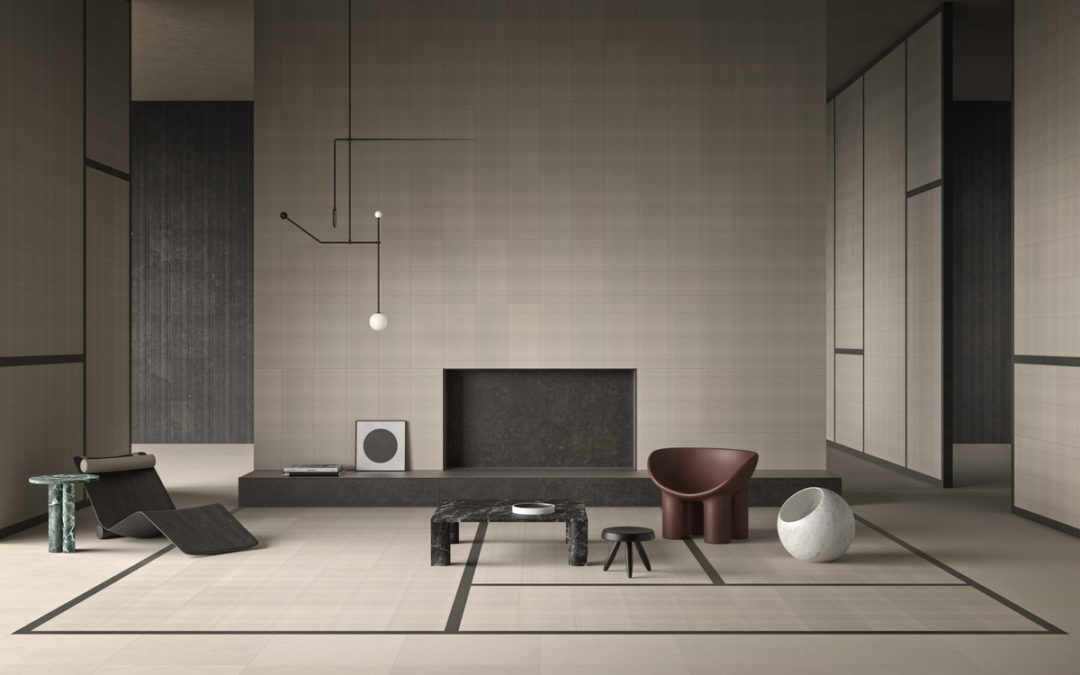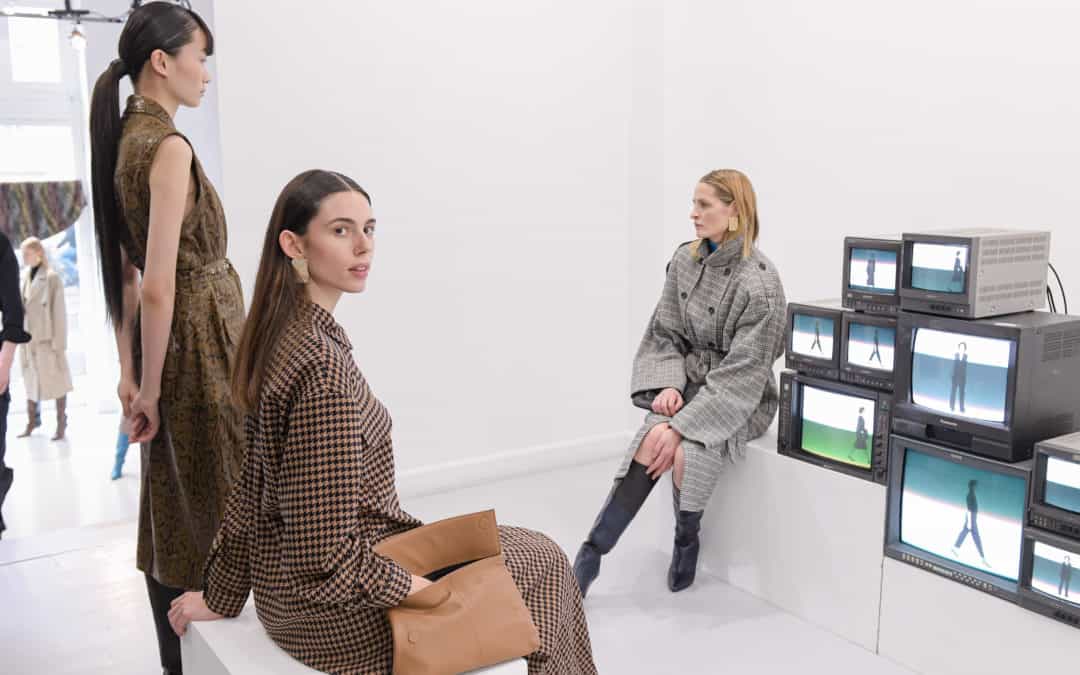Scandinavian style plays a pivotal role in transforming the fashion industry, as its influence breaks the borders of the Nordic countries. ‘Scandi Style’, branded by its A-line and androgynous silhouettes, is more than an aesthetic, but the embodiment of its humble...

Salvatori launches Digital Showroom powered by VOCAST
Salvatori launches Digital Showroom powered by VOCAST
Salvatori is an award-winning Italian design company specializing in natural stone and creating innovative products for every part of the home. Since 1946, innovation is entrenched in the DNA of the company. Drawing on the very best of Made in Italy values and cutting-edge engineering and technological know-how, Salvatori fuses old-fashioned craftsmanship with contemporary design. Working closely with architects, designers, and builders to provide not only practical support but also inspiring new ways to work with stone which often challenge traditional thinking.
Today the third generation continues the story of innovation and at VOCAST we are proud to support the digital expansion of such a legacy. We sat down with Salvatori to know more about the reasons why they chose VOCAST for their B2B digital endeavors.
What were your digital needs before finding VOCAST?
We were using a series of different platforms and it got to the point that we realized our partners, dealers, and other parties needed a tool where they could find everything in one place. We wanted to make it easy to share resources such as images, documents, and so on.
What is your favorite feature of the digital showroom?
We love the tags and filters because it means the latest, freshest content is immediately available and easy to find when a user searches a particular product. Another favorite is the way you can choose images and add them to your basket – this is a really useful sharing tool for our press office.
Our sales network has really noticed the difference, as they now have more autonomy in the way they access and share materials. We can also quantify the most downloaded and appreciated content which in turn, helps us to develop more relevant images and documents.
Discover Salvatori’s Digital Showroom
Let’s get digital
Why not give a visual experience that tells a story about your brand, just as you would in your physical showroom? VOCAST supports hundreds of brands by setting up their tailor-made image banks. It’s a place for their hand-picked editors, influencers, buyers, and retailers to access their assets on the go. Learn more about the VOCAST image bank feature here: https://vocast.com/digital-showroom
Ines is the Research and Marketing Manager at VOCAST. She previously worked in the beauty industry and is now an expert in social media and digital marketing. Every day she helps design-driven brands navigate digital trends and carry out their marketing and brand strategies effortlessly.
SIGN UP TO OUR NEWSLETTER
Get free knowledge on how to optimize your B2B marketing & new product releases.
RELATED POSTS
This is why Scandinavian fashion is here to stay!
The Podcast Medium and Its Use in Communication
Podcasts are not a new phenomenon but have experienced a significant increase in both interest and the number of active podcasts over the last five to ten years. This trend is evident both in Denmark and internationally. Along with the increase in active podcasts, the...
The Rise of Maximalism
The mantra ‘less is more’ has long been celebrated in interior design, emphasizing the beauty of simplicity and minimalism. However, a different design philosophy is taking over, known as maximalism. This vibrant style stands in contrast to the minimalist trends that...









 Josefin Landgård met her Co-Founder Stina Lönnkvist and together they went on a deep dive, exploring the world of CBD. They quickly recognized its powerful potential to upgrade skin health, restore personal balance, and enhance well-being for people leading full lives. From this union, they founded MANTLE – a Scandinavian beauty & wellness brand powered by cannabis. The concept of MANTLE’s range is to combine the best of both worlds. All products consist of a powerful blend of actives + botanicals to promote radical results with minimal effort.
Josefin Landgård met her Co-Founder Stina Lönnkvist and together they went on a deep dive, exploring the world of CBD. They quickly recognized its powerful potential to upgrade skin health, restore personal balance, and enhance well-being for people leading full lives. From this union, they founded MANTLE – a Scandinavian beauty & wellness brand powered by cannabis. The concept of MANTLE’s range is to combine the best of both worlds. All products consist of a powerful blend of actives + botanicals to promote radical results with minimal effort. 









